Department of Artificial Organs and Medical Device Creation
Department of Artificial Organs and Medical Device Creation, National Institute of Sensory Organs.
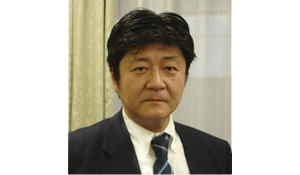
Chairman Koichi Tsunoda M.D. and PhD.
The role of the Department of Artificial Organs and Medical Device Creation is to develop new medical devices and surgical techniques for clinical application. In addition, as part of the National Institute of Sensory Organs, we conduct basic research on unresolved problems in physiology and disorders related to the sensory organs.
Speech-based communication has evolved to a sophisticated level only among humans, and speech is the pillar of research of the National Institute of Sensory Organs, along with auditory and visual research. This extends to communication-related areas such as laryngology, ophthalmology, neuroscience, audiophysiology, audiosurgery, and cerebral physiology. The department works with national hospital organizations, universities, industry, and the government to ensure that research results are translated into clinical applications to benefit patients.
The chairman of the Department of Artificial Organs and Medical Device Creation is Koichi Tsunoda, MD, PhD, who is not only an otolaryngologist and full-time researcher but also serves on the international editorial board of The Laryngoscope, as associate editor of Auris Naurius Larynx, and as honorary visiting researcher and otolaryngology clinician in the Department of Otolaryngology, Tokyo Medical Center. In the role of department chairman, Dr. Tsunoda monitors the ongoing research in the internal organ replacement development laboratory, the audiolingual communication laboratory, and the medical laboratory to ensure cooperation among them and efficient application of their results.
The main current research projects in the Department of Artificial Organs and Medical Device creation and related publications are listed below.
1. Clarifying new risk factors for stroke (bent posture and aberrant carotid artery) from the viewpoint of otolaryngology
The objective of this ongoing study is to obtain evidence of new stroke risk factors in a large-scale investigation involving 20 hospitals.
- Tsunoda K, et al. Lancet. 1997;350:340.
- Tsunoda K, et al. Ann Intern Med. 2003;139:W-56
- Tsunoda K, et al. Laryngoscope. 2005;115:2074–5.
- Masuda K, et al. Lancet. 2005;366(0502):2034.
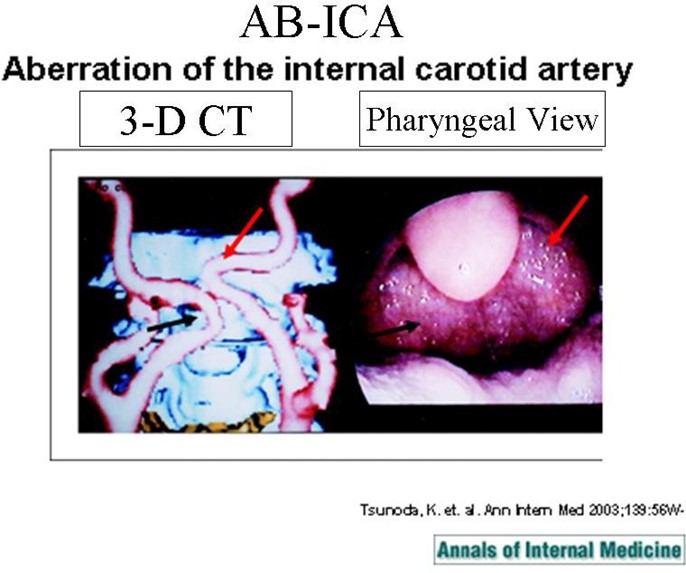
2. Autologous transplantation of fascia into the vocal folds (ATFV) from the viewpoint of tissue engineering and clinical applications
Dr. Koichi Tsunoda developed this new ATFV procedure for the treatment of glottal incompetence due to sulcus vocalis, vocal fold atrophy, vocal fold paralysis, adduction-type spasmodic dysphonia, and senile larynx and performs phono-ultramicrosurgery for vocal disorders.
- Tsunoda K, et al. Laryngoscope. 1999;109:504–508.
- Tsunoda K, Niimi S. Laryngoscope. 2000;110:680–682.
- Tsunoda K, et al. J Laryngol Otol. 2000;114:61–63
- Tsunoda K, Baer T, Niimi S. Laryngoscope. 2001;111:453–457.
- Tsunoda K, et al. Lancet. 2003;360:907.
- Tsunoda K, et al. J Laryngol Otol. 2005;119:222–225
- Nishiyama K, et al. Acta Oto-Laryngol. 2005;125:1134–1136.
- Tsunoda K, et al. Laryngoscope. 2005;115:Dec (Part 2 Suppl):1–10.
- Nishiyama K, et al. Laryngoscope. 2006;116:231–234.
- Fuji R, Tsunoda K. J Laryngol Otol. 2008;122:201–203.
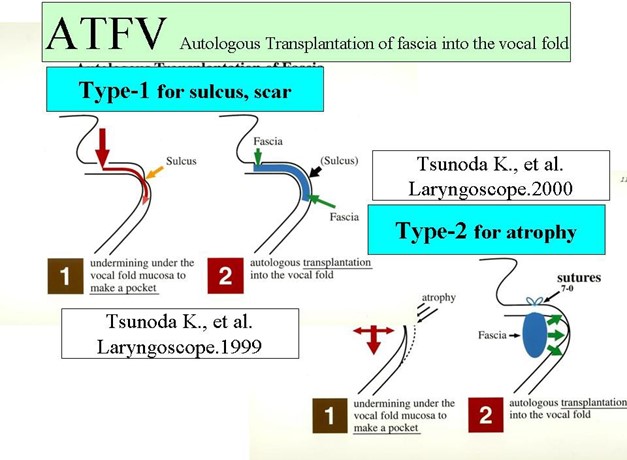
3. Development of minimally invasive surgical procedures
Researchers and physicians in the department are developing special devices to make surgery less invasive and innovative procedures possible, such as detachable forceps, video recording and monitoring systems, and devices for use in intravenous procedures.
- Tsunoda K, et al. J Laryngol Otol. 2002;116:559–561.
- Tsunoda K. Laryngoscope. 2005;115:1520–1521.
- Tsunoda K. Surg Technol Int. 2006;15:41–43.
- Tsunoda K, et al. Pediatrics. 2007;119:420–421.
- Tsunoda A, et al. J Laryngol Otol. 2008;122:78–81.
- Ishimoto SI, et al. Auris Nasus Larynx. 2008;35:89–93.
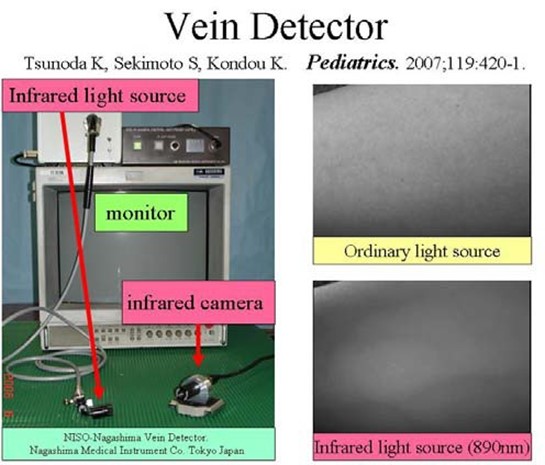
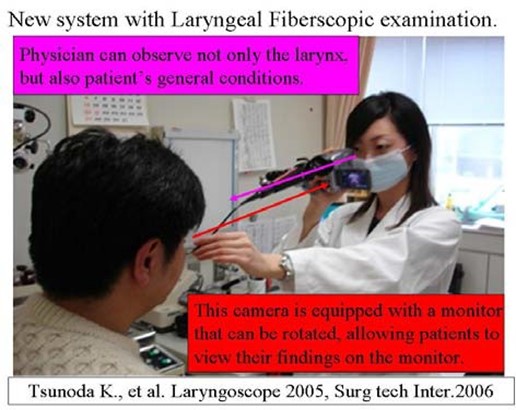
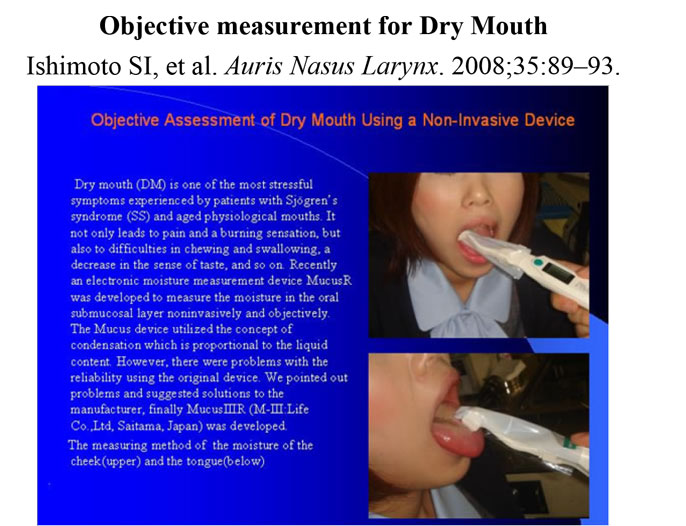
4. Clinical studies in ENT (otorhinolaryngology)
Physicians in the department are also involved in the treatment of patients and in studies on topics of current clinical interest, including the effects of passive smoking, anaphylaxis, gastroesophageal reflux disease and lifestyle modifications, olfactory receptors, and hearing levels in microtia.
- Tsunoda K, et al. Am J Publ Health. 1995;85:1019–1020.
- Tsunoda K, et al. Allergy 2003;58:955–956.
- Tsunoda K, et al. Acta Oto-Laryngol. 2007;127:88–92.
- Aqari D, et al. Lancet. 2007;10(9564):878.
- Sakamoto T, et al. J Neurosci Res. 2007;15(85):548–557.
- Ishimoto S, et al. Laryngoscope. 2007;117:461–465.
5. Establishing a new speech chain
The Department of Artificial Organs and Medical Device Creation is engaged in research to determine what actually occurs in the brain during speech and clarify the relationship not only between speech and hearing but also between speech and other sensory systems. This will ultimately lead to the development of new rehabilitation methods for patients with communication disorders.
- Tsunoda K, Niimi S, Horise H. Folia Phoniatra Logop. 1994;46:139–151.
- Tsunoda K, Soda Y. Laryngoscope. 1996;106:119.
- Tsunoda K, et al. Ann Otol Rhinol Laryngol. 1997;106:41–43.
- Ozawa H, Tsunoda K. Acta Oto-Laryngol. 2005;125:1244–1246.

